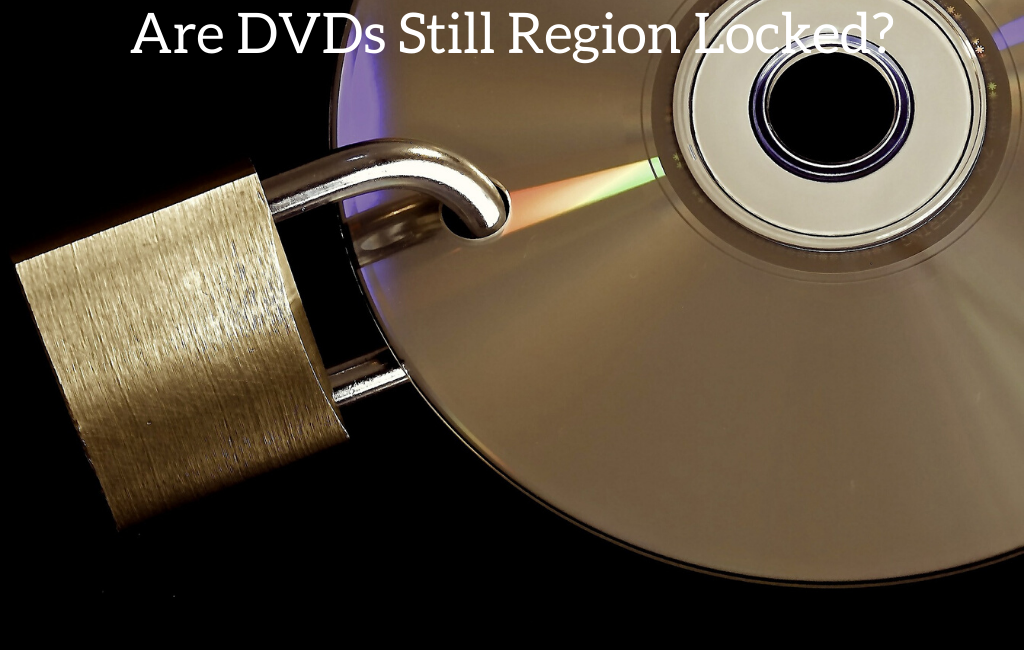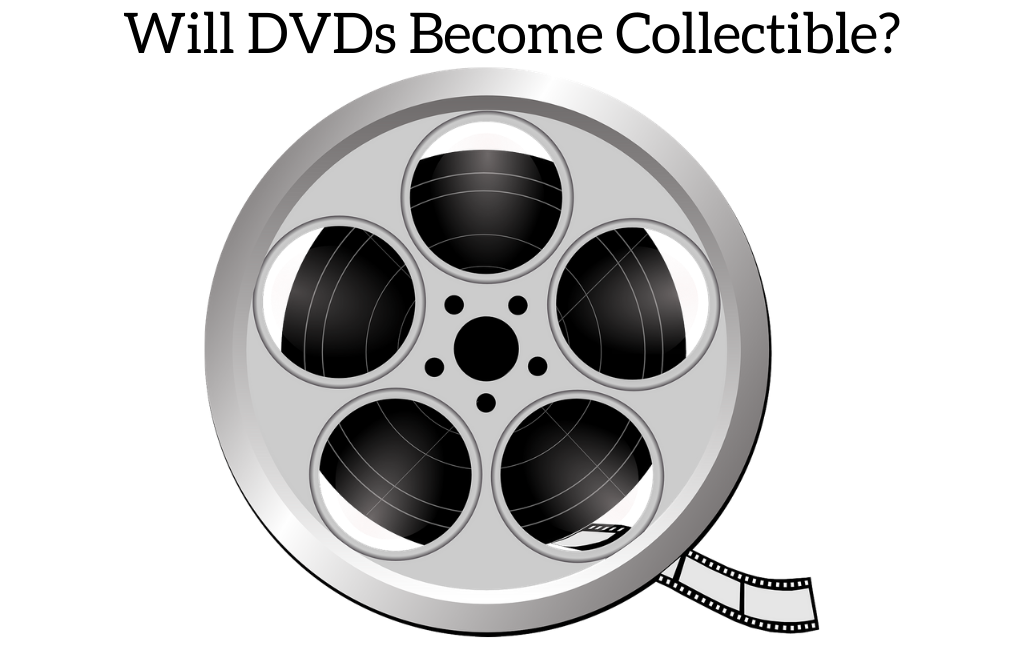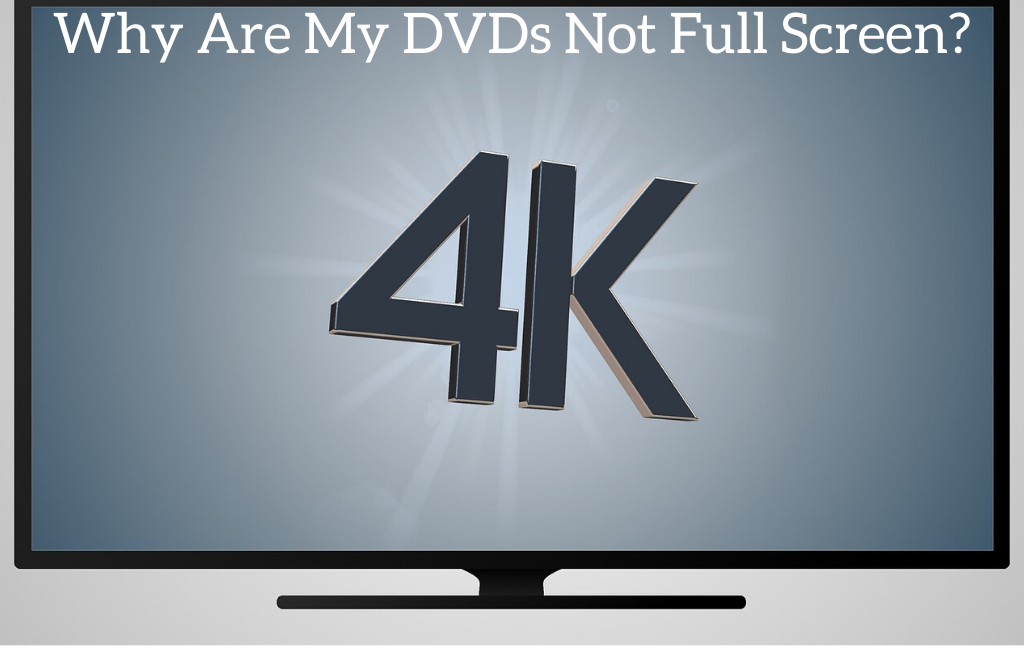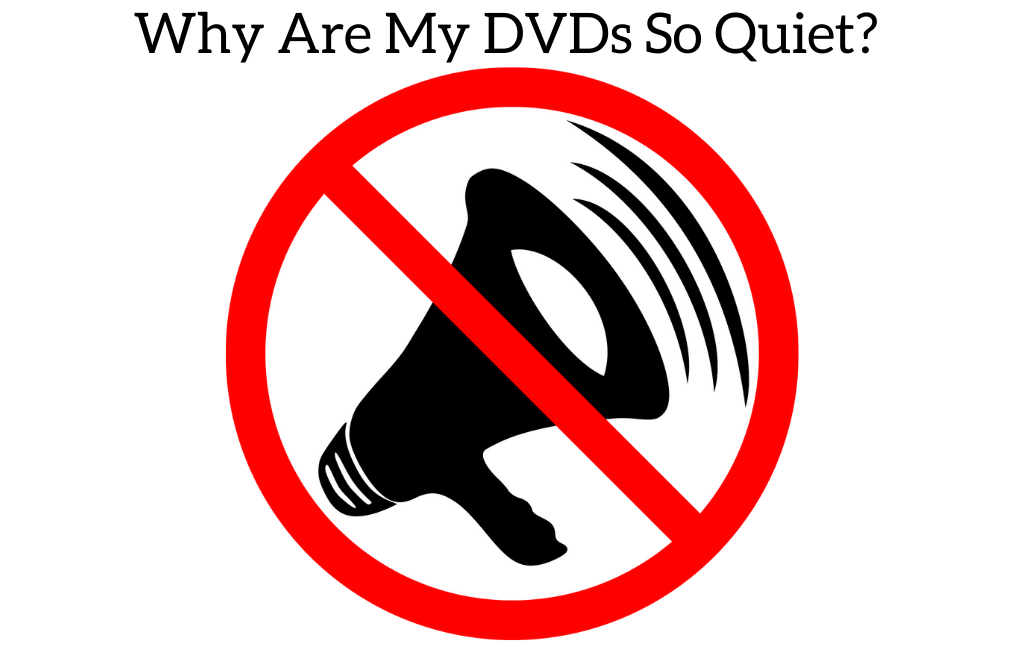
DVDs and CDs look a lot alike and both of them were popular and in use around the same time frame so many people feel like they are identical but that really isn’t true.
DVDs and CDs are not the same and actually have quite a few differences. Some of the biggest differences between the two are:
These are just a few of the things that are entirely different between a DVD and CD.
There are of course many other differences besides these but these are the most obvious. We will discuss these differences in more detail later in this article.
Both DVDs and CDs are round and circular with a hole in the middle. So many people might think that they are the same but that's not the case. Both are very much different from one another and are used for very different purposes as well. But before going into the differences, we need to understand what these two things are.
History of CDs
Compact Discs or CDs were seen as the very first step in making the dream of digitally encoding data a reality. It makes use of a very unique way of encoding where 14-bit unique code is made to show a byte. This unique encoding technique further helps in detecting errors. As such, this method was very suitable and was a needed replacement for something called the magnetic disk. After all, not only were CDs low cost but they could also store a significant amount of data as well.
Construction of CDs
The very first layer of a CD is made up of polycarbonate plastic. This helps in storing data right in the needed indented pits. Moreover, this layer ensures that there is a crystal clear glass lower surface or base. The unindented or flat area is called the land. Then there is a thin material made up of aluminum that covers up the programmed disc. That's not all. Next in line is a powerful protective acrylic which provides a protective coating for this aluminum layer.
Now, during the last stages, the disc gets stamped with a label. Furthermore, its pits are 0.8-3 and 0.5 microns which are constructed into its spiral track. They go in the outside direction right from the very middle of the CD. Of course, there are risks for damage and so the index data gets stored at the very beginning of the CD.
The stored parts are read by targeting the lasers right there on the polycarbonate region of the constantly rotating disk. The indented part of the CD properly throws back the signal which then gets detected and seen by the photodetector. A compact disc comes in various types as well like CD-RW, CD-R, CD-ROM.
History of DVDs
The discovery of Digital Versatile Discs or DVDs provided another alternative way for videotape content (which was used in the VCR) and CD-ROMs (which found its use in PCs) to be stored. This was because the DVD can allow for the storage of 7 times larger amounts of data when compared to a CD. Due to the ability to store a large amount of data, it can store videos with amazing picture quality and DVDs can last much longer than a VHS tape without the video becoming damaged.
Construction of DVDs
The construction of a DVD is similar to a CD but the layers and the entire process is very different. A DVD can be used on both sides, kind of like a CD being stuck together (although many people despise dual sided discs). It makes use of the techniques for error correction like recording code EFMPlus and RS-PC.
A DVD is larger than a CD due to the dense and tight packing of its bits and the use of a shorter laser (wavelength laser). To get the tiny spacing of around 0.74 microns right in between its spiral tracks as well as the shortest distance of about 0.4 microns right in between its pits, a small scale wavelength laser is used. This along with the use of the two-sided disc gives the DVD a lot more space than CDs have.
It also uses two layers of the pit structure and is put on the given standard layer. A little-reflective layer is also put above that reflective layer. Now, to understand what is present in the layers given separately in the disc, the laser has to be very carefully focused. DVDs have a lot of varieties in the form of DVD-RW, DVD-R and more.
Main Differences between DVDs and CDs
As mentioned at the beginning of this article there are a few main differences between CDs and DVDs. Some of the more prominent differences are:
-
Size: The actual size of CD is just 700 MB whereas the size of a DVD ranges from 4.7 GB to 17 GB.
-
Pits: There is just one single pit layer present in a CD but there are double layers of pits in the DVDs. Also, a CD holds just 0.834-micrometer space right in between the pits, but the DVD can hold 0.4 micrometers of space right in between the pits.
-
Spiral loop space: In CDs, you will find that there's 1.6-micrometer space between the spiral loops. But in DVDs, there's just 0.74-micrometer space between the spiral loops.
-
Metal layer: In CDs, the metal layer or recording is placed on top of the disk. But on DVD, this metal layer is placed right in the middle of the disc.
-
Data transfer rates: In CDs, the data transfer rate is 1.4 MB to 1.6 MB/sec but in DVDs, the data transfer rate is 11 MB/sec.
-
Error correction: In CD, EFMP AND CIRC are used as the error correction codes. But in DVD, EFMplus and RS-PC are used as the correction codes.
-
Channel bit: A CDs channel bit length is 300 nanometers. But the channel bit length in a DVD is shorter than a CD as it's 113 nanometers.
- Audio: DVD audio certainly has the potential to replace CDs since they can have a much higher quality of sound.
These are just a few of the main differences between these two physical media formats. Most people will only need to know about the size to understand the difference. Since DVDs have much more space they can be used to hold a lot more music, videos, pictures, or other data than a CD could ever dream of holding! The size difference is really what makes the difference between these two.
Conclusion
DVDs are better than CDs in virtually every way except for the cost. CDs are cheaper to produce so that is why they are used for smaller data requirements like music albums or pictures. Any videos are almost always put onto DVDs since they can hold so much more than a CD can.
You can think about DVDs and CDs like people at the gym. The DVD is the powerlifter that can lift gigantic amounts and hold them without any difficulty. The CD is like the scrawny guy running on a treadmill. He is great for doing light work quickly but can’t handle the heavy loads such as video formats or large amounts of data.
This is exactly how DVDs and CDs work when compared to each other.
